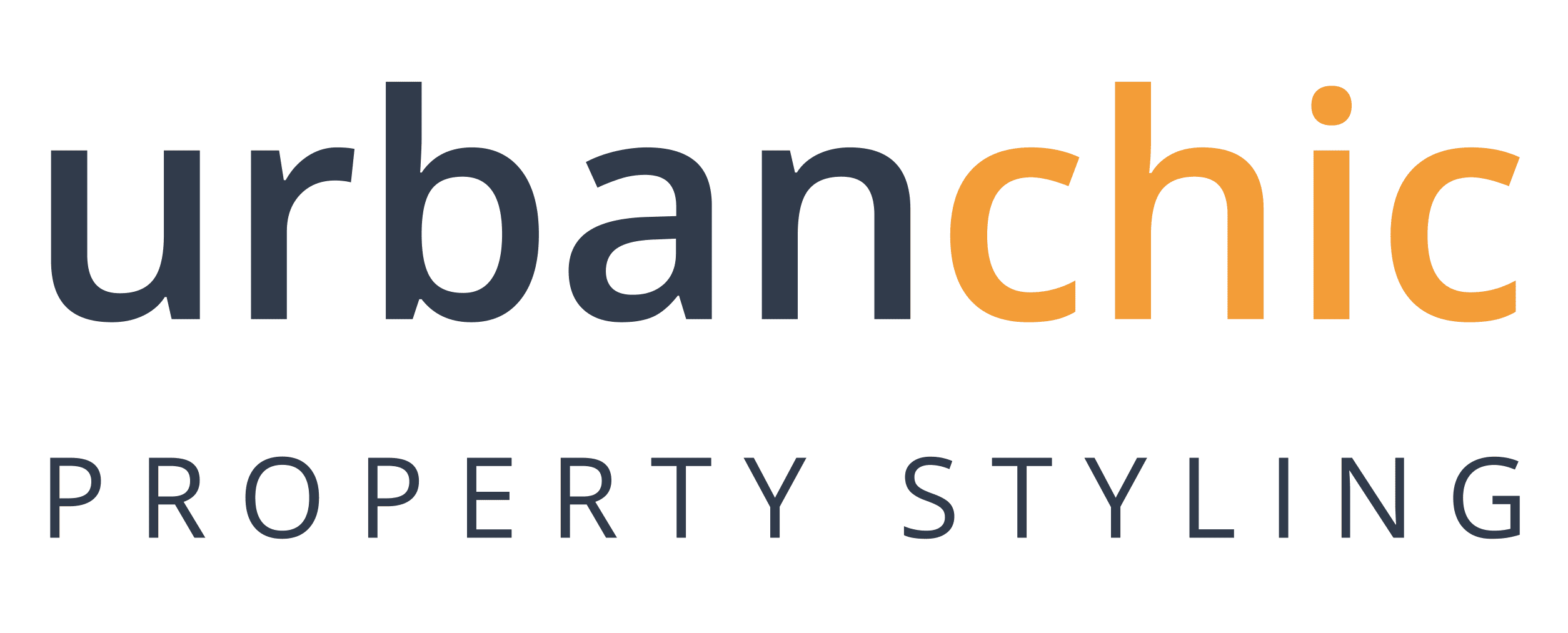The results of the efforts to promote house styling for sale are phenomenal. Selling agents, of course, know and understand the benefits and pass this knowledge on to their clients. The results are that, in the Sydney area, homes and apartments are selling faster and for more money. The proof, as they say, is in the pudding.
There are a few sellers out there who still resist the move towards home staging as a valid and proven selling tool. Most often, these people cling to the hope that their homes will eventually sell without what they consider to be an added and unnecessary expense. What sometimes gets missed in the final accounting are the hard costs associated with the time the unstaged home spends waiting for a buyer to claim it.
The truth is, these expenses often exceed the cost that a professional stager would have charged in the first place.
The hard costs include mortgage payments, council rates, strata fees, insurance, electricity costs, water rates and lawn maintenance. It plays out this way: With a mortgage payment of $2,400 and other carrying expenses such as those listed above totalling $1,000, every month the house is on the market for sale the seller is out of pocket for $3,400.
Homeowners who resist house styling for sale have an entire laundry list of reasons. They believe their home will sell, as is and right away. These sellers offer the ‘if-then scenario’. If the house has not sold in a certain period of time, then they will then have it staged. The unfortunate fact is, once a prospective buyer has checked a property off the list of likely candidates, it remains off the list. Even when selling agents give glowing reports of “new” staging, buyers won’t bother to look a second time. Meanwhile the meter is still running.
While that meter runs another, more psychological, devaluation is ongoing. When a house remains on the market for a length of time, an underlying sense of “the house must be defective or it would have sold by now” among prospective buyers develops. The house becomes a non-starter in the eyes and minds of people in the market. The second, more painful, step in this scenario is that the owners start incrementally lowering the price. Even a desirable home with great potential can join this ‘lemon list’ if it is not properly presented at the outset.
The statistics prove that professionally staged homes sell in short order. They sell in days rather than weeks or months. (On average an un-staged home will sell in 70 to 90 days. Styled properties will often sell in 11 to 14 days, leaving the owner with few if any extra carrying expenses.)
Not only are the homes more attractive once they have been professionally staged, they also generate excitement among all who see them. Not only do potential buyers sit up and take notice; even seasoned selling agents get caught up in the excitement over such a property. When a home is properly presented there is an immediate conclusion that “this house will sell in a heartbeat”. In many ways this belief is a self-fulfilling prophecy.
Real estate agents show such a home more often. More buyers become excited about the home. More buyers make offers. Those offers are larger. Hence, the house sells for more money and it sells in a hurry because buyers are in a hurry to make it their own.
If there were an easy way to calculate the cost of the stress homeowners endure when their properties lie limp on the real estate sidelines, the figure would be astounding. This transaction, after all, is most likely the biggest business deal in which they will ever take part. The high hopes for an excellent return on investment can fade quickly when an unstaged home falters and fails to gain attention.
In light of these facts, it’s difficult to understand why some sellers remain reluctant to employ a home staging company. Given the fact that staging costs are usually more than made up for in the final selling price this reluctance is puzzling. House staging for sale really is the smart seller’s go-to strategy for saving time and money.



